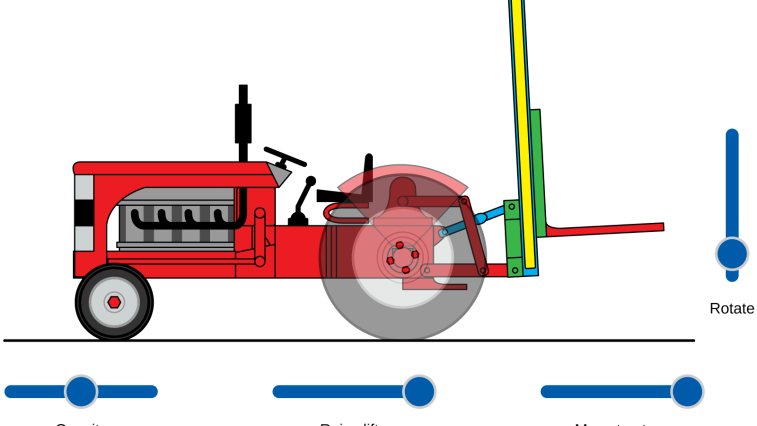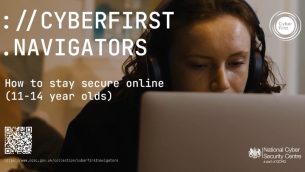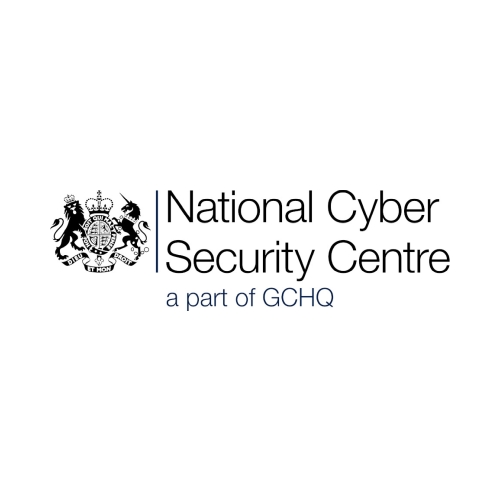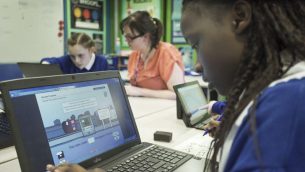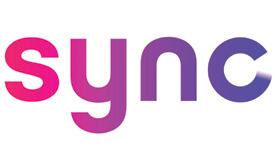codethecurriculum from A*Star Education provides the resources and support to enable all teachers to teach coding skills alongside their specialist subject.
The last five years have seen practical demonstrations of driverless vehicles on public roads, warehouses without lighting because the workers picking products are all robots, and goods delivered to customers by flying drones. Such developments have led to a consensus that the scale of the impact that new technology will have on employment in the coming decade will be very large.
It has been called the fourth industrial revolution and an estimated 30 per cent of jobs will disappear by the mid-2030s. Most of the jobs that will replace them will involve writing programs for computers of various types (making cars capable of driverless operation safely requires around one hundred million lines of code), and although it is widely predicted that there will be a shortage of people to fill these jobs, the barriers to employment for school leavers and university graduates will include possessing the right skills. That means being able to demonstrate a degree of competence in coding.
Already there is a huge demand for programmers and more than half of digital businesses in the UK are experiencing a shortage of suitably qualified staff. However, it is not just a UK issue and it is not only those who want to become programmers and information technology specialists who need to learn coding. Every modern business relies on sophisticated computer systems, which are constantly being maintained and developed and some of the world’s largest investment banks now require most of their staff, including senior executives, to attend coding courses, on the grounds that senior executives need to understand the state of the development projects for which they are responsible.
The drive to change curricula around the globe
Governments around the world agree that education in schools needs to change if young people are to be prepared for industries which are being changed by machine learning and artificial intelligence, and there is recognition that technical and computing skills are the key to future economic growth. Finland is determined to be a leader in the exploitation of AI, and President Cyril Ramaphosa has just announced a digital learning strategy for South African schools as part of a plan not just to play catch-up with other economies but to leapfrog them.
The way in which most subjects are taught in schools in the UK totally ignores the existence of computers, and there is a danger in creating a specialist computer science subject that the teaching of computing skills, and particularly coding, is confined to those students who elect to take that option. Aspiring scientists and engineers really do need to know how to turn a problem which requires the solution to a differential equation into a series of difference equations which involve purely numerical calculations that can be performed on a computer. Right now students are entering further education colleges (post 16) in the UK without any experience of coding in their previous school years. To avoid being left behind in the digital economy, they have a lot of catching up to do.
Similar issues are faced by other countries whose policy makers are increasingly putting an emphasis on coding and teaching maths and coding together — Sweden changed its curriculum, from August 2018, to prioritise digital skills, not only in maths and science lessons but in all classes, and Ireland has committed to bringing in a combined maths and programming curriculum in primary schools — but even in countries where this is not the case, the main burden of teaching coding seems destined to fall on maths teachers.
Teachers’ difficulties
However, a lack of resources and skills among teachers threaten to be major barriers to implementing these policies. According to union statistics, only 20 per cent of Swedish math teachers (and even fewer of those teaching non-technical subjects) currently know anything about coding, and only 30 per cent of primary teachers and 25 per cent of post-primary teachers in Ireland reported themselves to be comfortable using ICT — fewer still said they knew how to apply it to their teaching. Surveys in the UK and USA have shown a similar lack of confidence among teachers in primary and secondary schools.
Teachers’ problems stem from a lack of a suitable software environment, course materials and training. Where primary schools have adopted a programming language it has invariably involved block code, designed to allow young children to program simple games and produce animations using sprites or cartoon characters. No software house writes applications in block code, whether for technical or commercial applications but, because nothing better has been available to bridge the gap to text-based languages and a more realistic computing environment, block code has continued to be used with classes well into secondary-school age. If we are going to prepare young people for industry something better is needed.
A new approach
That is why at A*Star Education we have been developing a complete programming environment which lowers the barriers to producing useful software in a text-based language, and which is instantly available for users to start creating, without a lengthy preparation process. A single line of code is all it takes to produce a visible result on screen, whilst the code pad ensures that only code that will run can be entered into the program.
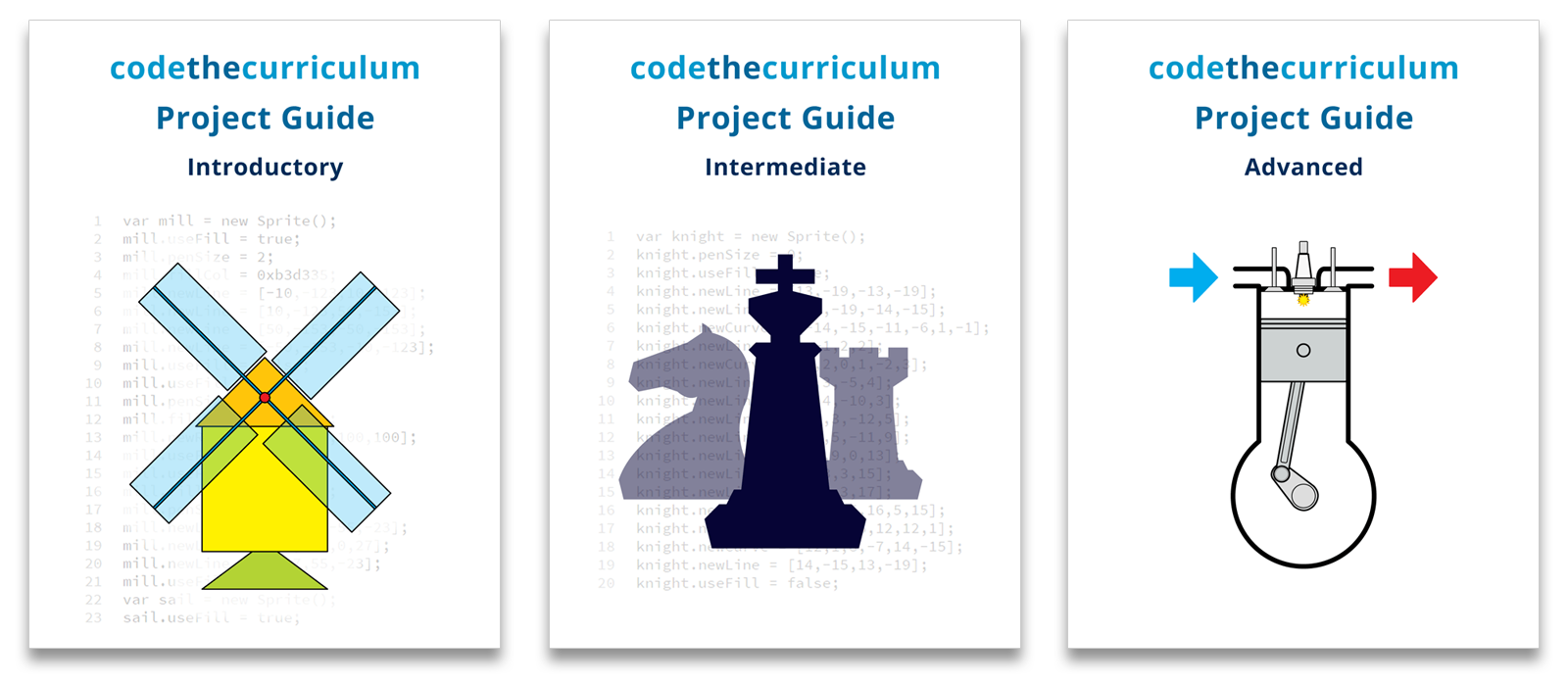
It is called codethecurriculum because it is designed to help teachers who are not computer scientists, or who do not feel confident with all aspects of computer programming, teach programming skills within their own subject areas. It runs on all types of devices and users only have to connect to the internet once per week. The language is closely similar to JavaScript, but has extensions to allow instructions to be given to a unique collection of programmable, virtual tools which enable students to write programs to solve the problems they encounter in maths and physics, at a range of levels from primary to A-level. Everything is created using code, so those who do not possess great manual dexterity with a pencil or paintbrush can produce outstanding illustrations, and students have a greater sense of achievement as a result. Creativity is unbounded and not limited by pre-defined libraries.
Coding with a purpose
The range of projects to choose from is large, which makes planning differentiated lessons easy, and the projects have obvious application to the students’ own experiences. At Introductory level, these range from writing a program to draw a flag and running it up a flagpole, or draw and shade a fraction of a grid, to programs that draw items from nature (like flowers and leaves), or produce a working clock, perform column addition, create a windmill with rotating sails, or draw pie charts.
At Intermediate level, students can program the sequence of signals to pedestrians and road traffic at a pelican crossing, simulate the operation of petrol pumps at a filling station, program a till at a store checkout, write a program to find the inverse of a function, or the solution to a quadratic equation by completing the square — and illustrate the process with an animation and with a graph. Imagine being able to program a pair of compasses and pen and ruler to draw the perpendicular bisector of a line — any line — and show the proof! With codethecurriculum you can program every accurate construction task in GCSE maths. Maths teachers may realise that they can create a truly interactive maths curriculum for themselves.
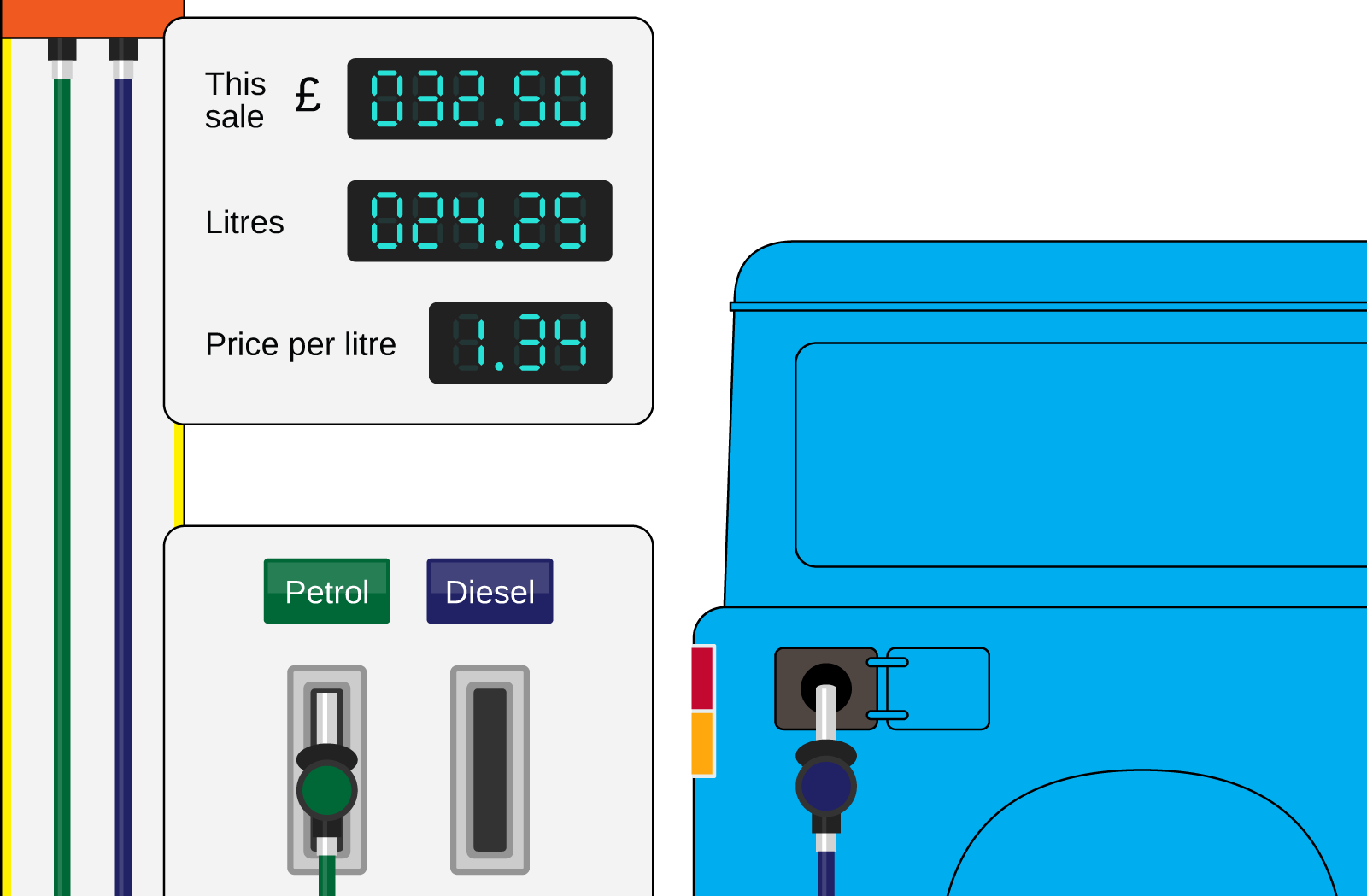
When codethecurriculum was first exhibited to an audience of independent schools, prior to its launch, the head of computing at one school examined four projects and then exclaimed, “We’ve been teaching it wrongly! We’ve been teaching coding for coding’s sake: this is coding with a purpose.” It most certainly is.




